Permaculture in Costa Rica: Sustainable Farming and Regenerative Practices
Discover the benefits of permaculture in Costa Rica, learn about sustainable farming practices, and explore how these techniques contribute to preserving biodiversity, supporting wildlife conservation, and promoting ecotourism.
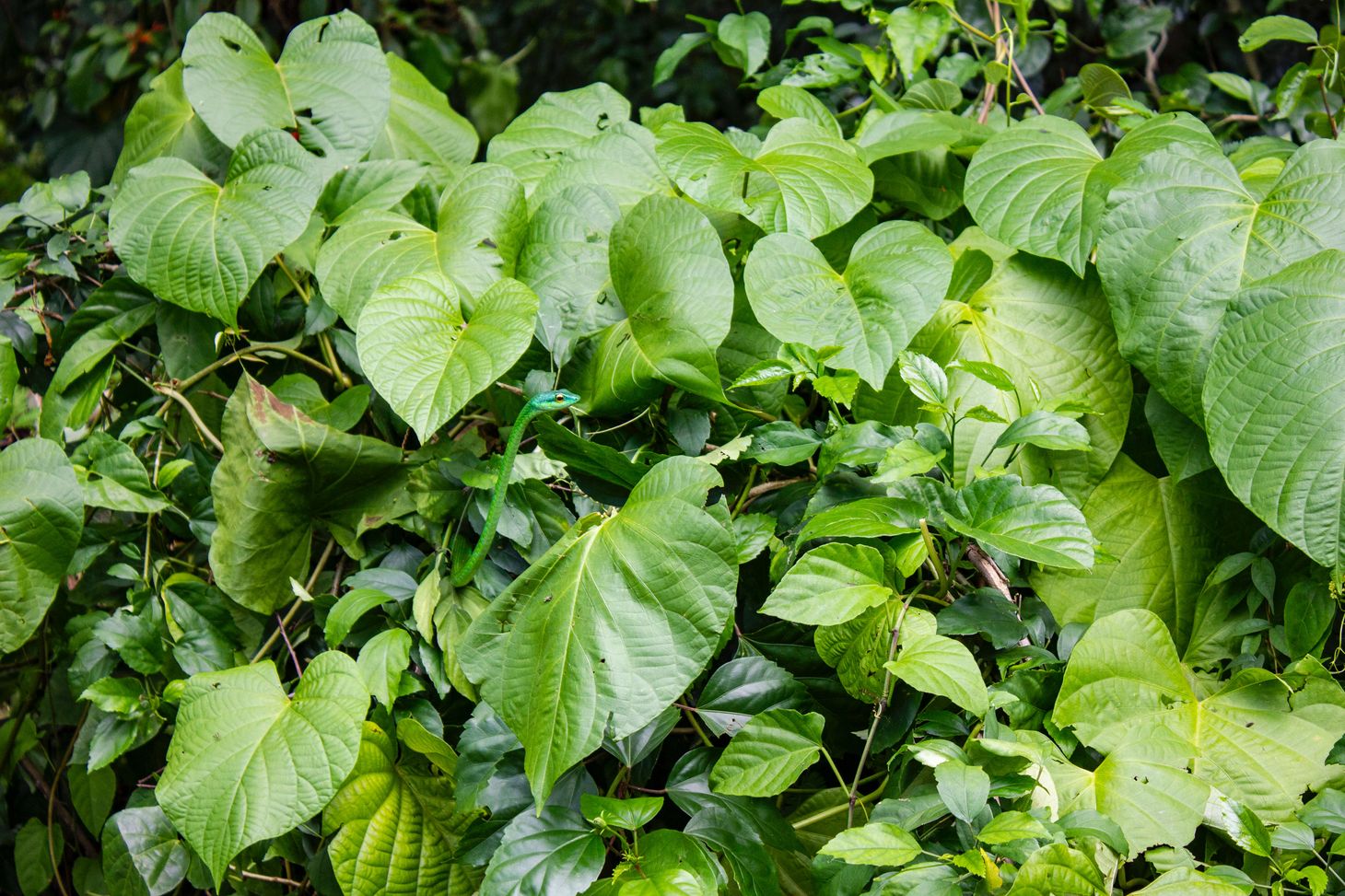
Table of Contents
Introduction
Permaculture is a holistic approach to agriculture that combines the principles of ecology, sustainable design, and self-sufficiency. Over the past few years, permaculture has gained significant traction in Costa Rica due to its numerous benefits for both the environment and local communities. As a country known for its rich biodiversity and commitment to environmental conservation, Costa Rica has become a prime location for the development and implementation of permaculture practices.
The importance of sustainable farming practices in Costa Rica cannot be overstated. With more than 5% of the world's biodiversity found within its borders, preserving its unique ecosystems is a top priority. Permaculture offers a way to cultivate the land in a manner that supports and enhances the natural environment, rather than depleting it. By adopting permaculture principles, farmers and gardeners in Costa Rica are contributing to the preservation of the country's biodiversity and ensuring a more sustainable future for generations to come.
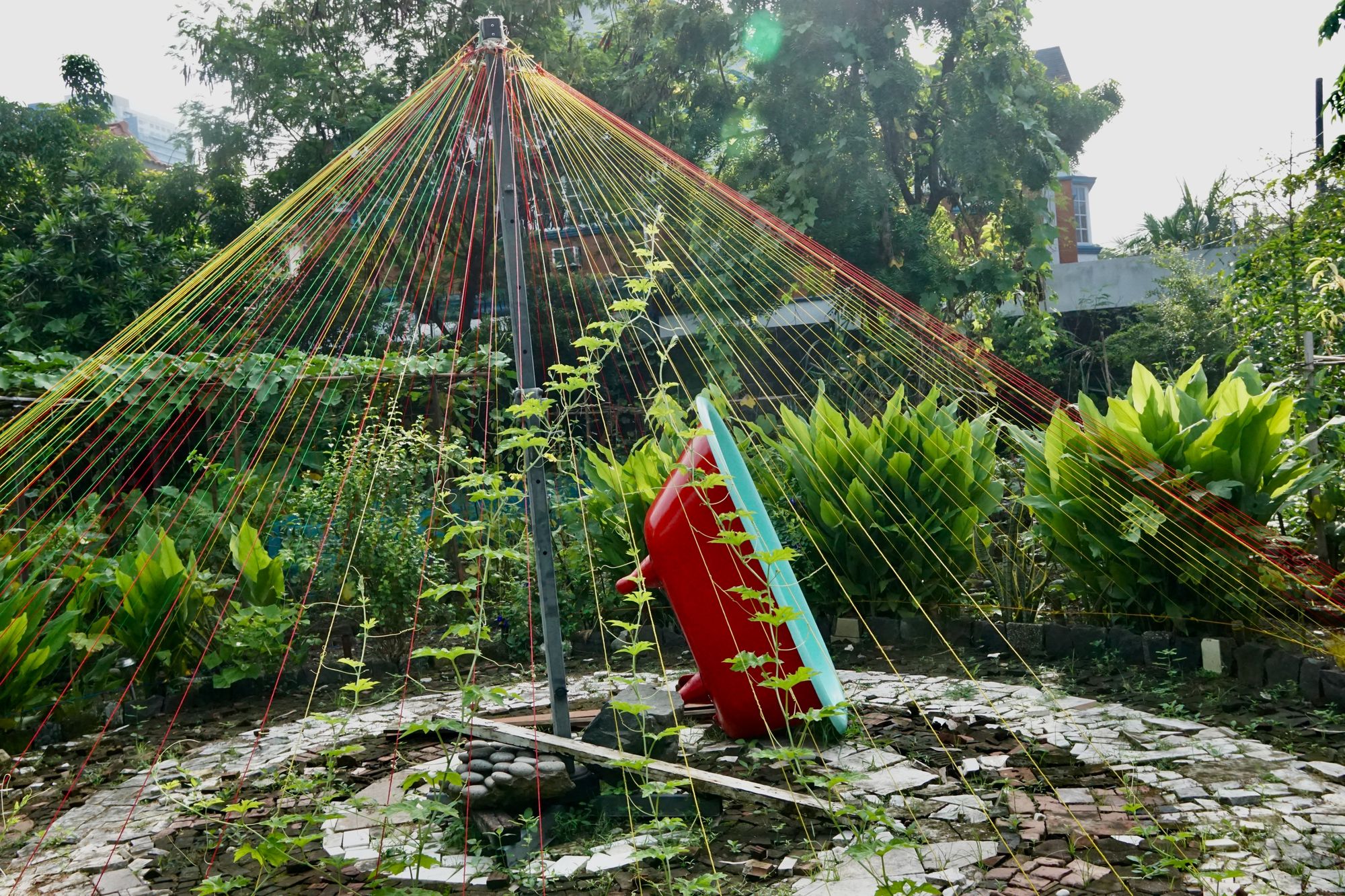
In the following sections, we will explore the core principles of permaculture, its benefits, and how these practices are being implemented in Costa Rica. We will also discuss the roles of local plant species and wildlife conservation in the context of permaculture, as well as address frequently asked questions and provide helpful resources for those interested in learning more about this transformative approach to agriculture.
Core Principles of Permaculture
Permaculture is guided by a set of 12 principles that provide a framework for designing sustainable and regenerative systems. These principles, developed by permaculture co-founder David Holmgren, can be applied to various aspects of life, including agriculture, architecture, and community planning. In the context of Costa Rican farms, these principles serve as a foundation for creating agricultural systems that work in harmony with the environment.
The 12 Permaculture Principles
- Observe and interact: Careful observation of the natural environment and thoughtful interaction with it allows us to design systems that work in harmony with nature.
- Catch and store energy: Harnessing and storing renewable energy sources, such as sunlight, water, and wind, can help create self-sufficient systems.
- Obtain a yield: Ensuring that our systems produce a useful output, such as food, materials, or energy, is essential for their sustainability.
- Apply self-regulation and accept feedback: Recognizing the limitations of our systems and adapting them based on feedback from the environment promotes resilience.
- Use and value renewable resources and services: Utilizing renewable resources and natural processes reduces our dependence on non-renewable resources.
- Produce no waste: Minimizing waste by recycling and repurposing materials helps create efficient and sustainable systems.
- Design from patterns to details: Observing patterns in nature and using them as a basis for our designs allows us to create systems that are more in tune with the natural environment.
- Integrate rather than segregate: Creating connections and synergies between different elements of our systems promotes efficiency and resilience.
- Use small and slow solutions: Focusing on small-scale, local solutions can help create systems that are more adaptable and manageable.
- Use and value diversity: Embracing diversity in our systems, such as a variety of plant and animal species, enhances their resilience and productivity.
- Use edges and value the marginal: Recognizing the value of the spaces and resources at the edges of our systems can lead to innovative solutions and increased productivity.
- Creatively use and respond to change: Adapting our systems to changing conditions and embracing the opportunities that arise from change can help ensure their long-term success.
In Costa Rican farms, these principles are applied in various ways, such as designing water catchment systems, integrating agroforestry, and promoting biodiversity. By adhering to these principles, farmers can create agricultural systems that are not only productive but also environmentally sustainable and socially responsible.
Benefits of Permaculture
Permaculture offers a wide range of benefits that can be categorized into three main areas: environmental, social, and economic. By implementing permaculture practices, Costa Rican farmers and gardeners can contribute to the overall well-being of their communities and the planet as a whole.
Environmental Benefits
- Biodiversity conservation: Permaculture practices, such as agroforestry and polyculture, promote the growth of diverse plant and animal species, which in turn supports the conservation of Costa Rica's rich biodiversity.
- Soil health: Techniques like composting, mulching, and crop rotation help improve soil fertility and prevent erosion, ensuring healthy and productive land for future generations.
- Water conservation: Permaculture designs often incorporate water catchment and storage systems, as well as efficient irrigation techniques, to minimize water usage and reduce the strain on local water sources.
- Climate change mitigation: By sequestering carbon in soil and vegetation, permaculture practices can help mitigate the effects of climate change. Additionally, the use of renewable energy sources and reduced reliance on fossil fuels contribute to a lower carbon footprint.
Social Benefits
- Community development: Permaculture fosters a sense of community by encouraging collaboration, knowledge sharing, and local resource management. This can lead to stronger social bonds and increased self-sufficiency within communities.
- Food security: By promoting diverse and resilient agricultural systems, permaculture can help ensure a stable and nutritious food supply for local populations.
- Education and empowerment: Permaculture courses and workshops provide valuable education on sustainable farming practices, empowering individuals to take control of their food production and contribute to a more sustainable future.
Economic Benefits
- Reduced costs: Permaculture systems often require fewer external inputs, such as synthetic fertilizers and pesticides, which can lead to cost savings for farmers and gardeners.
- Increased productivity: By optimizing the use of available resources and creating synergies between different elements of the system, permaculture can lead to increased yields and overall productivity.
- Ecotourism and agrotourism opportunities: Permaculture farms can attract tourists interested in sustainable agriculture and environmental conservation, providing additional income for farmers and contributing to the local economy.
By embracing permaculture practices, Costa Rican farmers and gardeners can create agricultural systems that are not only productive but also environmentally sustainable, socially responsible, and economically viable.
Permaculture Design Techniques in Costa Rica
Permaculture design techniques in Costa Rica focus on optimizing the use of available resources, promoting biodiversity, and working in harmony with the natural environment. Some key design techniques include water management and conservation, soil regeneration and fertility, and agroforestry and polyculture systems.
Water Management and Conservation
Water is a precious resource, and permaculture design techniques in Costa Rica prioritize its efficient use and conservation. Some common practices include:
- Rainwater harvesting: Collecting rainwater from rooftops and other surfaces for use in irrigation and other purposes reduces reliance on local water sources.
- Swales and terracing: These landscape features help slow down and retain water runoff, allowing it to infiltrate the soil and recharge groundwater supplies.
- Drip irrigation and mulching: Drip irrigation systems deliver water directly to plant roots, minimizing evaporation and runoff. Mulching helps retain soil moisture, reducing the need for frequent watering.

Soil Regeneration and Fertility
Healthy soil is the foundation of any productive agricultural system. Permaculture design techniques in Costa Rica focus on improving soil health and fertility through the following practices:
- Composting: Decomposed organic matter, such as kitchen scraps and plant residues, can be used to enrich the soil and provide essential nutrients for plant growth.
- Cover cropping and green manures: Planting cover crops and green manures helps prevent soil erosion, suppress weeds, and add organic matter and nutrients to the soil.
- Crop rotation and intercropping: Rotating crops and planting multiple crops together can help prevent the buildup of pests and diseases, as well as improve soil fertility by utilizing different nutrient requirements and root depths.
Agroforestry and Polyculture Systems
Agroforestry and polyculture systems are essential components of permaculture design in Costa Rica. These practices promote biodiversity, improve soil health, and provide multiple benefits for farmers and the environment:
- Agroforestry: Integrating trees and shrubs with crops and livestock creates diverse and resilient agricultural systems that provide multiple products, such as food, timber, and fodder, while also offering environmental benefits like carbon sequestration, erosion control, and wildlife habitat.
- Polyculture: Growing multiple crops together, either in the same space or in rotation, can help prevent pest and disease outbreaks, improve soil fertility, and increase overall productivity.
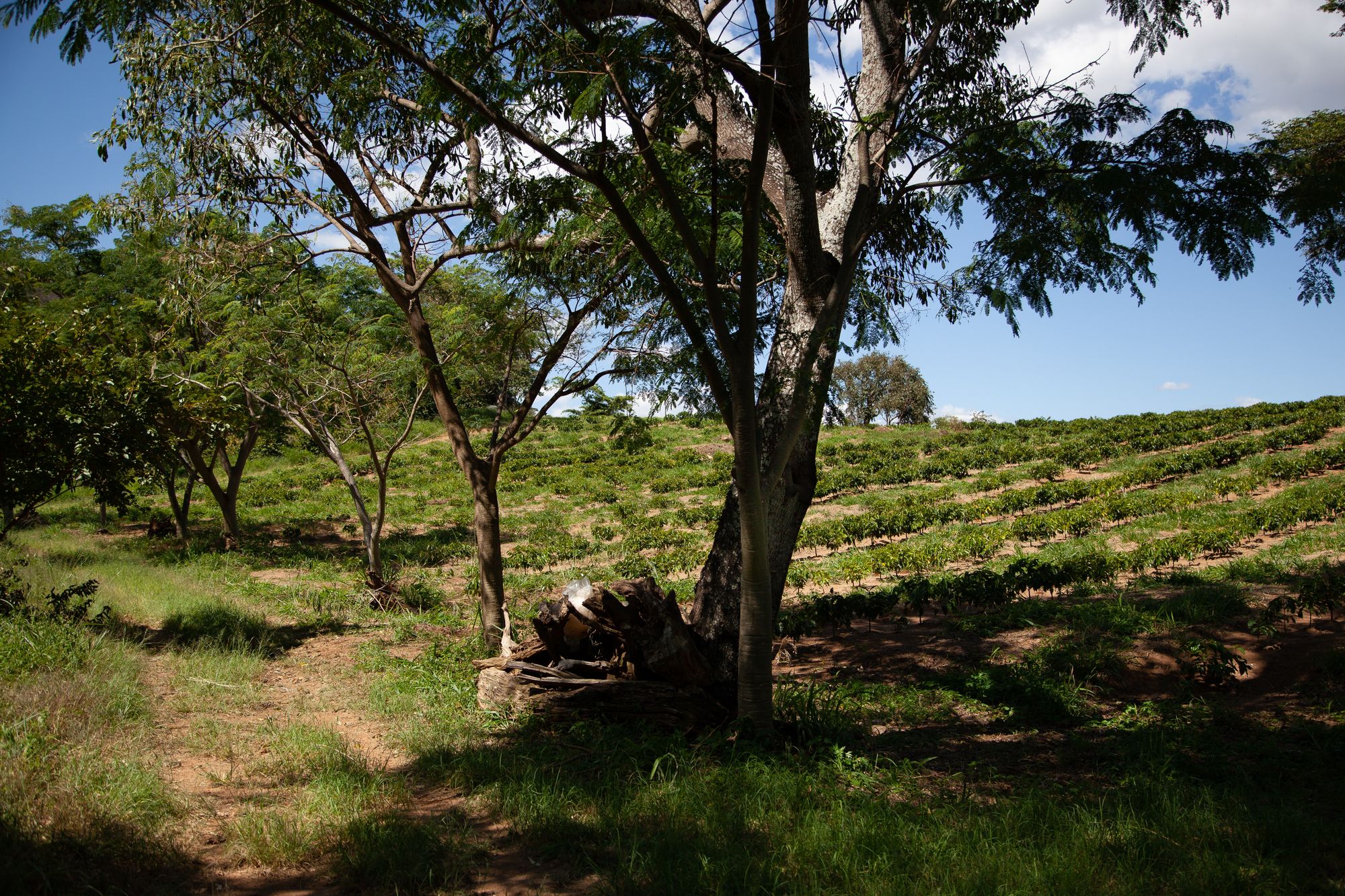
By implementing these permaculture design techniques, Costa Rican farmers can create agricultural systems that are not only productive but also environmentally sustainable and resilient in the face of changing conditions.
Local Plant Species and Wildlife Conservation in Permaculture
Incorporating local plant species and supporting wildlife conservation are essential aspects of permaculture in Costa Rica. By working with native plants and providing habitat for local wildlife, permaculture practitioners can contribute to the preservation of the country's unique ecosystems and support its rich biodiversity.
Local Plant Species in Permaculture
Using native plants in permaculture design offers numerous advantages, including:
- Adaptation to local conditions: Native plants are well-suited to the local climate, soil, and other environmental factors, making them more resilient and requiring fewer inputs, such as water and fertilizers.
- Support for local pollinators and wildlife: Native plants provide food and habitat for local pollinators and other wildlife, helping to maintain healthy ecosystems and support biodiversity.
- Preservation of traditional knowledge and culture: Many native plants have traditional uses in food, medicine, and crafts, and incorporating them in permaculture systems can help preserve this knowledge and cultural heritage.
Some examples of native plants commonly used in Costa Rican permaculture include:
- Moringa (Moringa oleifera): A fast-growing tree with edible leaves and seeds, high in nutrients and used for various purposes, such as food, medicine, and animal fodder.
- Chayote (Sechium edule): A versatile vine that produces edible fruits, leaves, and tubers, and can be used as a living fence or ground cover.
- Yucca (Manihot esculenta): A drought-tolerant root crop that provides a staple carbohydrate source and can be intercropped with other plants to improve soil fertility.
Wildlife Conservation in Permaculture
Permaculture practices can support wildlife conservation in several ways:
- Habitat creation: Planting native trees, shrubs, and other vegetation can provide essential habitat for local wildlife, including birds, mammals, reptiles, and insects.
- Corridors and connectivity: Permaculture systems can help create wildlife corridors and enhance landscape connectivity, allowing animals to move freely between habitats and reducing the impacts of habitat fragmentation.
- Reduced use of chemicals: By minimizing the use of synthetic pesticides and herbicides, permaculture practitioners can help protect local wildlife from harmful chemicals and maintain healthy ecosystems.
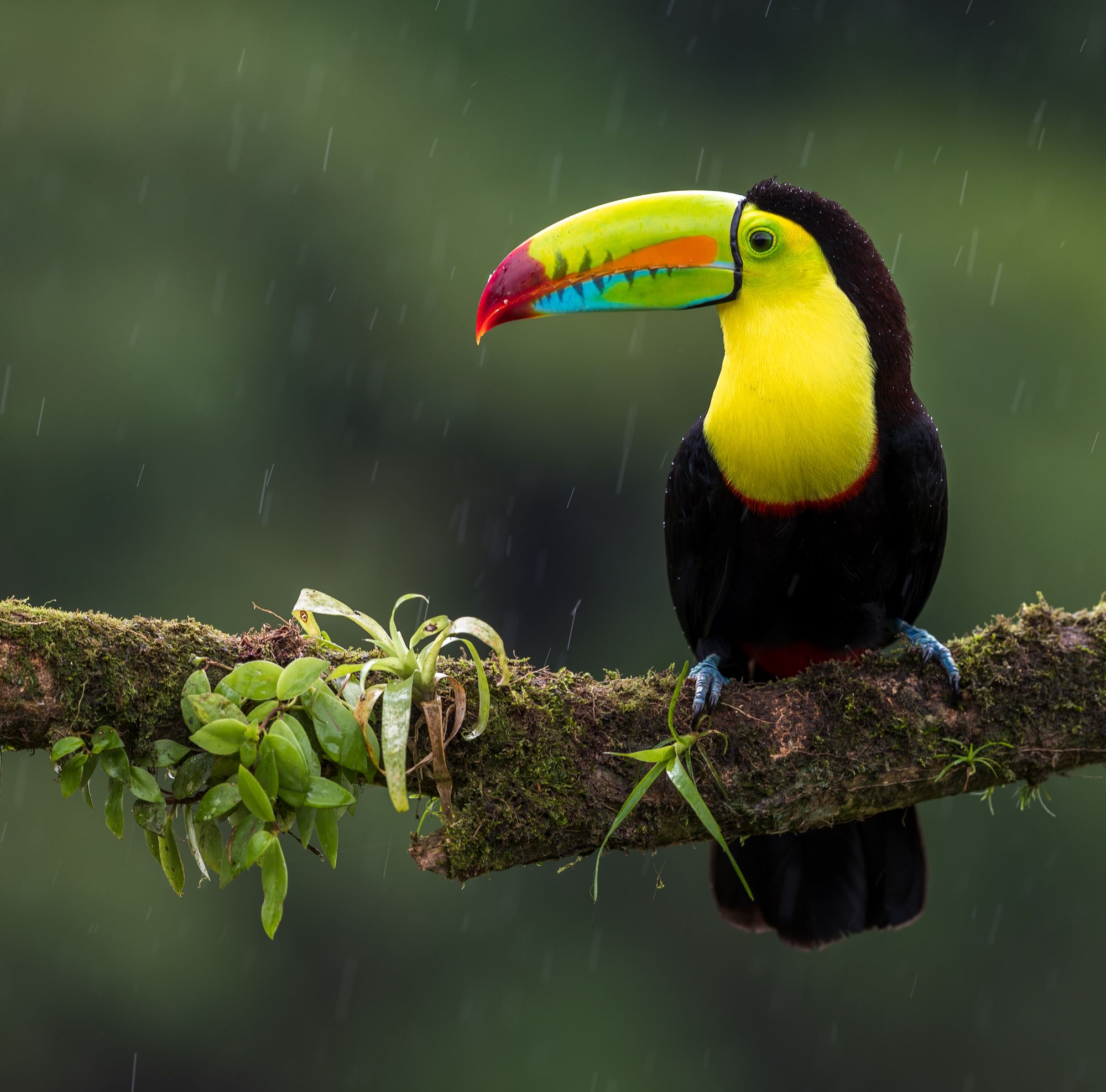
By incorporating local plant species and supporting wildlife conservation, permaculture practitioners in Costa Rica can contribute to the preservation of the country's unique ecosystems and ensure a more sustainable future for generations to come.
Permaculture Education and Community Involvement in Costa Rica
Permaculture education and community involvement play a critical role in promoting sustainable agriculture and environmental stewardship in Costa Rica. By offering workshops, courses, and hands-on learning experiences, permaculture centers and educators empower individuals and communities to adopt sustainable practices and contribute to a greener future.
Permaculture Education
Permaculture education in Costa Rica includes a variety of learning opportunities, such as:
- Permaculture Design Courses (PDCs): These intensive courses, typically lasting two weeks, provide a comprehensive introduction to permaculture principles, ethics, and design techniques. PDCs often include hands-on workshops and site visits to local permaculture projects.
- Workshops and seminars: Shorter workshops and seminars on specific topics, such as composting, agroforestry, or natural building, allow participants to gain practical skills and knowledge in a focused area.
- Online resources and courses: Online platforms, such as websites, blogs, and social media, offer a wealth of information and learning opportunities for those interested in permaculture. Some organizations also offer online courses and webinars.
Community Involvement
Community involvement is a key aspect of permaculture in Costa Rica, with numerous projects and initiatives aimed at fostering local engagement and collaboration:
- Community gardens and farms: Establishing community gardens and farms can provide a shared space for learning, growing food, and building social connections. These projects often involve local schools, neighborhood associations, and other community groups.
- Volunteer programs and internships: Many permaculture centers and farms in Costa Rica offer volunteer programs and internships, providing hands-on learning experiences for individuals interested in sustainable agriculture and environmental conservation.
- Local networks and partnerships: Building connections between permaculture practitioners, farmers, educators, and other stakeholders can help create a supportive network for sharing knowledge, resources, and ideas.
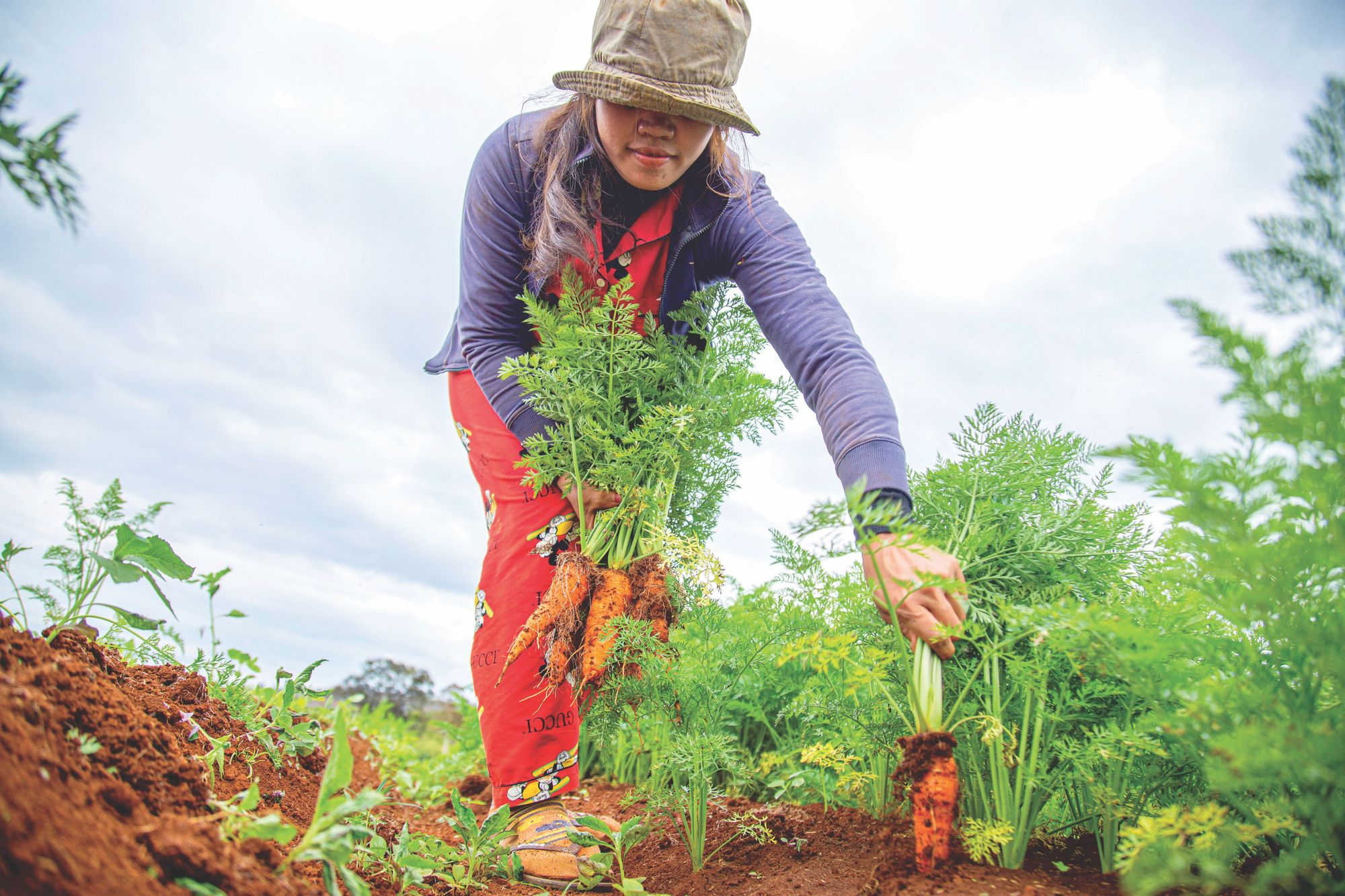
Through permaculture education and community involvement, Costa Ricans can develop the skills and knowledge necessary to create more sustainable and resilient agricultural systems, contributing to the country's environmental, social, and economic well-being.
Frequently Asked Questions
1. How can I start implementing permaculture practices in my own farm or garden?
To begin implementing permaculture practices, start by familiarizing yourself with the 12 permaculture principles and observe your land to identify its unique characteristics, such as sun exposure, water sources, and soil quality. Create a design that incorporates these principles and makes the best use of your land's resources. Start small, and gradually expand your permaculture system as you gain experience and confidence.
2. Are there permaculture courses or workshops available in Costa Rica?
Yes, there are numerous permaculture courses and workshops available in Costa Rica. Many permaculture farms and organizations offer workshops, courses, and even volunteer opportunities for those interested in learning about permaculture and sustainable farming practices. Some well-known permaculture centers in Costa Rica include Rancho Mastatal, Punta Mona, and Finca Tierra.
3. What challenges do farmers face when adopting permaculture practices, and how can they be overcome?
Farmers may face several challenges when adopting permaculture practices, such as initial costs, lack of knowledge or experience, and resistance to change from traditional farming methods. To overcome these challenges, farmers can seek education and training through courses, workshops, and online resources. Networking with other permaculture practitioners and joining local permaculture groups can also provide valuable support and information. Additionally, starting small and gradually transitioning to permaculture practices can help minimize risks and allow farmers to learn from their experiences.
4. How does permaculture contribute to ecotourism in Costa Rica?
Permaculture contributes to ecotourism in Costa Rica by offering unique educational experiences for tourists interested in sustainable living and agriculture. Many permaculture farms offer tours, workshops, and volunteer opportunities, which allow visitors to learn about and participate in sustainable farming practices. This not only generates income for the farms but also raises awareness about the importance of preserving Costa Rica's biodiversity and natural resources.
5. How do permaculture farms engage with local communities and promote education on sustainable farming?
Permaculture farms often engage with local communities by offering educational workshops, courses, and volunteer opportunities for community members. These initiatives help promote knowledge sharing and empower locals to adopt sustainable farming practices in their own gardens and farms. Additionally, permaculture farms may collaborate with local schools, universities, and organizations to develop educational programs and projects that promote environmental stewardship and sustainable living.
Helpful External Links
To further explore the world of permaculture and sustainable farming practices, consider visiting the following websites and resources:
- Permaculture Research Institute - A global leader in permaculture education, research, and consulting, offering online courses, articles, and resources on permaculture design and practices.
- Permaculture Association - A UK-based organization that supports permaculture practitioners, provides educational resources, and promotes permaculture projects worldwide.
- Rodale Institute - A non-profit organization dedicated to pioneering organic farming through research and outreach, offering resources, workshops, and events on regenerative agriculture and sustainable farming practices.
- Regenerative Agriculture Podcast - A podcast featuring interviews with experts in the fields of regenerative agriculture, soil health, and sustainable farming, providing valuable insights and practical advice for farmers and gardeners.
- Monteverde Institute - A Costa Rican non-profit organization focused on sustainability education, research, and community engagement, offering courses and workshops on topics such as permaculture, agroecology, and environmental conservation.
By exploring these resources, you can deepen your understanding of permaculture and sustainable farming practices, and find inspiration for implementing these techniques in your own farm or garden.
Conclusion
Permaculture in Costa Rica demonstrates the power of sustainable farming and regenerative practices in preserving the country's rich biodiversity and natural resources. By implementing the core principles of permaculture, farmers and gardeners can contribute to a more sustainable and resilient food system, while also supporting wildlife conservation and local communities.
As we have explored in this article, the benefits of permaculture extend beyond environmental preservation, offering social and economic advantages as well. By embracing permaculture design techniques and incorporating local plant species, Costa Rican farms are paving the way for a more sustainable future in agriculture.
We encourage you to learn more about permaculture and consider implementing these practices in your own farm or garden. By doing so, you can play an active role in promoting a healthier, more sustainable world for future generations.
With the wealth of resources, courses, and workshops available, both online and in Costa Rica, there has never been a better time to embark on your permaculture journey. So, take the first step today and join the growing movement of individuals and communities embracing permaculture and sustainable living.
Live the Possibility Newsletter
Join the newsletter to receive the latest updates in your inbox.

